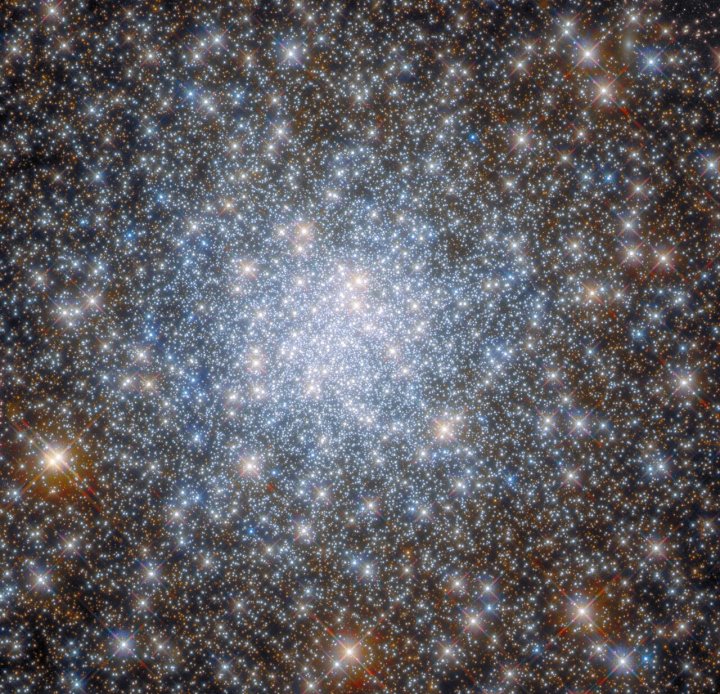
A sky full of stars is on glorious display in this week’s image from the Hubble Space Telescope. The image shows a structure called a globular cluster, which is an enormous collection of tens of thousands or even millions of stars, tightly bound by gravity and densely packed together.
This particular globular cluster is called NGC 6638 and is located in the constellation of Sagittarius. It was taken using two of Hubble’s instruments, the Wide Field Camera 3 and the Advanced Camera for Surveys, which operate primarily in the visible light wavelength.

These astonishing objects were difficult to study before Hubble was launched, as to be able to see each star as distinct from the rest requires very high-resolution imaging with little interference.
“Hubble revolutionized the study of globular clusters, as it is almost impossible to clearly distinguish the stars in globular clusters with ground-based telescopes,” Hubble scientists explain. “The blurring caused by Earth’s atmosphere makes it impossible to tell one star from another, but from Hubble’s location in low Earth orbit the atmosphere no longer poses a problem. As a result, Hubble has been used to study what kind of stars globular clusters are made up of, how they evolve, and the role of gravity in these dense systems.”
Globular clusters will soon be studied with another tool as well, as one such cluster called Messier 92 is the target of an early science program using the James Webb Space Telescope. The project will study star-forming regions using Webb’s NIRCam and NIRISS instruments, which look in the infrared range as opposed to Hubble’s predominantly visible-light observations.
According to lead researcher Daniel Wiesz, who spoke to Inverse about the project, Messier 92 holds some extremely ancient stars and the team is working on special imaging software to resolve individual stars within a densely packed area.
Editors’ Recommendations






